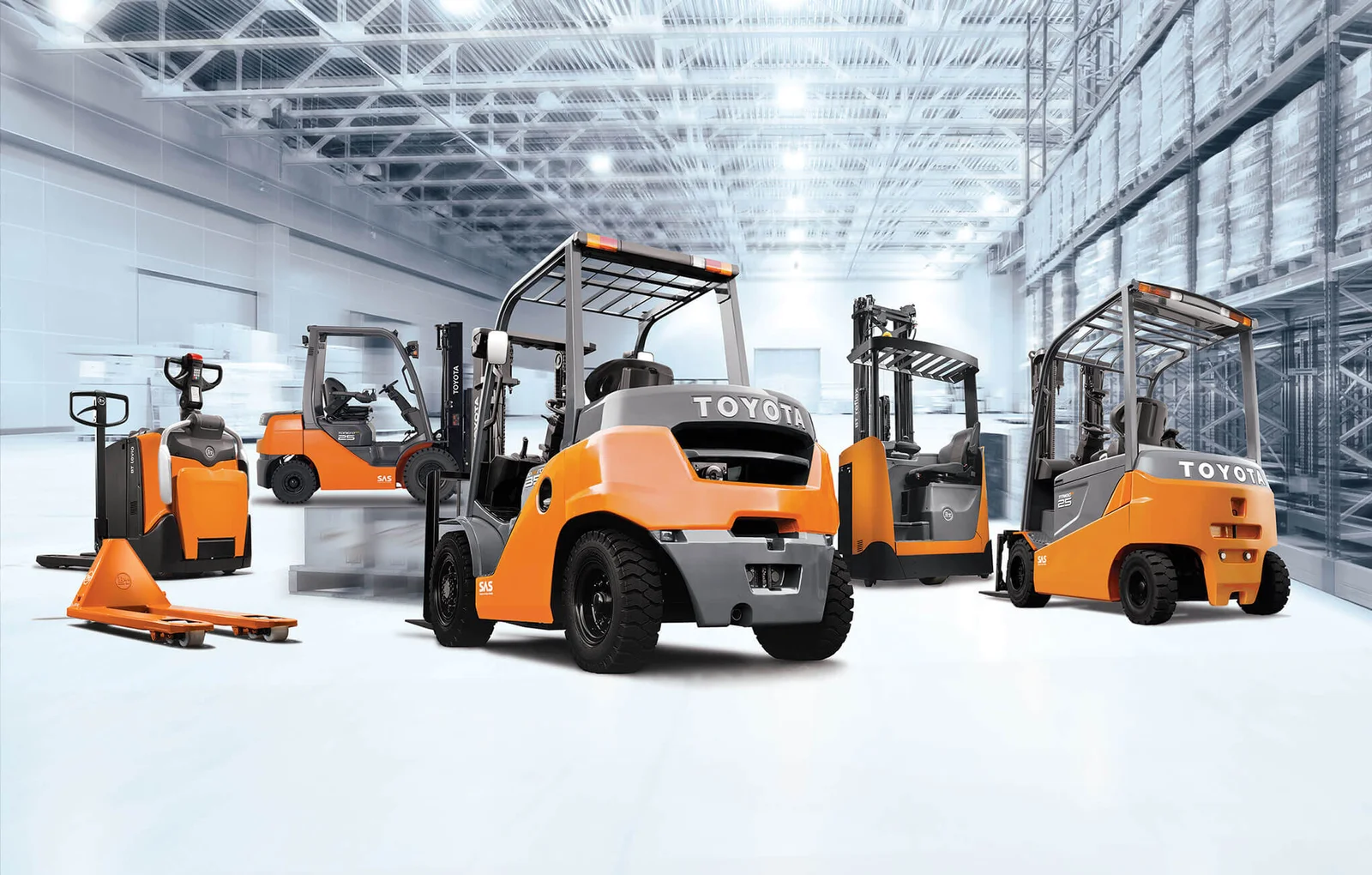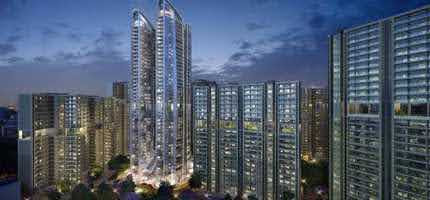Choosing the Right trolley starts with knowing the weight and dimensions of your average load. Average industrial machines begin at around 150 kilograms and go up to 1,000 kilograms for heavy duty designs constructed from steel or another specialist design specifically manufactured for larger payloads on aero engines and turbine rotors. And, capacity-rated for an evenly distributed load structure; (point loads can deflect decks or over-load casters, which reduces the life of your service area). The dimensional options are no less nuanced. This may seem to make sense with a deck that has enough space for a whole pallet, but if the aisles are only one-meter wide, jumbo sized trolleys cause log jams or make workers take circuitous routes. Caster placement dictates a turning radius in a footprint balancing cargo dimensions with circulation space and all things considered justcost.
Many of the following suppliers offer the flexible platform trolley allowing length and width to be specified in increments of fifty millimeters. The mass-customization system provides near-bespoke apparatus quickly and economically, eliminating the cost and time of one-off development. Computer-aided engineering further enables manufacturers to predict the deck thickness required to limit deflection to an acceptable fraction of length—usually L/250—while simultaneously ensuring the removal of every unnecessary gram from the bill of materials.
Caster Styles and Floor Types
Wheels contact the load and the floor.They are therefore the direct link between the load and the floor and are subject to high stresses.Thus, the choice of wheel is of fundamental importance for safety, noise levels, and energy consumption. Some people may still prefer their traditional grey iron wheels – and they are certainly suitable for hot or cold rough outdoor surfaces however could damage a polished concrete or epoxy coating. Warehouses generally prefer a polyurethane-treaded wheel that is bonded to a die-cast aluminium core that offers low rolling resistance, good floor protection and quiet operation. Thermoplastic elastomeric tyres open up possibilities in hospitals or places where hushed silence and the ease with which the whole trike can be doused is valued over absolute payload.
Caster geometry has as much effect on effort as do the component rock material. A greater is the start-up force smoothed by all irregularities of a small floor by a large outside diameter and a precision ball bearing is powered into a bearing, and the swivel head of the caster does not flutter at the time of high speeds. Brakes come in foot-operated toe brakes, directional locks that convert swivel casters into a rigid wheel (rotating straight only) or a total lock (wheel and rotation). In locations that feature a decline in ramp or lift incline, these locking elements go from convenience to required feature that must be present to ensure safety of operator and load.
Ergonomics and User Safety
Reduced manual-handling-related musculoskeletal strain. The human body is not well adapted to repetitive stress; as a result, a variety of manual handling injuries (such as repetitive strain injury) are relatively common. Handle height Head geometries vary with handle height from about ninety to one hundred and ten centimeters above the floor, covering the fifth to ninety-fifth percentile of adult elbow heights. The angled push bars allow for neutral wrist position, while premium versions feature soft-touch thermoplastic grips to minimize vibration.
Rolling resistance and steering effort are of no less importance. Designers from equip2go estimate the theoretical push force with the help of coefficients of rolling friction and verify prototypes on a dynamometer against worst-case loads. An optimal cart should not exceed twenty-three kilograms of force to get the cart moving and ten kilograms of force to push to maintain level ground momentum, a level consistent with much occupational health guidance. Visibility affects safety – high-traffic areas benefit from bright yellow corner guards and reflective decals that mitigate collisions, and optional LED strips increase visibility in dim areas such as backstage hallways or night-shift factories.




